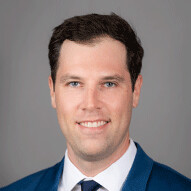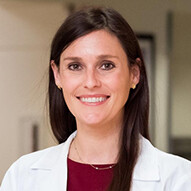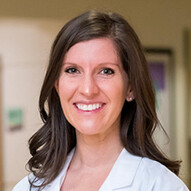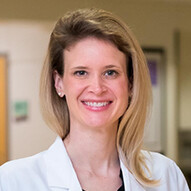Pediatric craniofacial anomalies
If your child has an imbalance of the position, size, shape, or orientation of the bones that comprise the upper and lower jaws, you will be glad to know that Children’s Health℠ provides the region’s most comprehensive care for pediatric craniofacial anomalies.
What are the different types of pediatric craniofacial anomalies?
We are home to an interdisciplinary team of the most qualified doctors and medical professionals in dentistry, orthodontics, pediatric plastic surgery, dentofacial surgery and genetics. Our orthodontists are specially trained to provide the exact treatments required by children with dentofacial conditions.
This includes:
Bone injuries of the jaw
Open-, over-, and under-bites
Misalignment of the upper and lower jaws
Pierre Robin sequence - A condition present at birth, in which the infant has a smaller-than-normal lower jaw and a tongue that falls back in the throat
Hemifacial microsomia - Uneven facial development
Treacher Collins syndrome - A genetic condition that affects the development of the bones and tissues of the face
Crouzon syndrome - A genetic condition that results in an underdeveloped lower jaw
Apert syndrome - A genetic condition that results in an underdeveloped lower jaw
Your child’s orthodontist will create a plan that meets your child’s specific treatment needs. If your child is experiencing pain or having trouble speaking, chewing or breathing because of his or her craniofacial condition, we can help.
What are the signs and symptoms of pediatric craniofacial anomalies?
Problems with the upper or lower jaw can be congenital (present at birth) or acquired as a result of disease or injury.
Symptoms of craniofacial anomalies may include the inability to chew properly, impaired breathing (which may lead to sleep dysfunction), speech impediments and psychosocial challenges resulting from facial imbalance. Orthodontic treatment is part of coordinated approach to care.
How are pediatric craniofacial anomalies diagnosed?
Your child may have a craniofacial condition that can be easily diagnosed through a physical examination including a dental exam. But some problems are more difficult to identify. Your child will be examined by a team of specialists, including an orthodontist, and may undergo tests such as X-rays, CT scans, and behavioral, speech, language and hearing evaluations.
After the initial evaluation, your child’s doctors may also order other diagnostic tests like sleep studies and dental models. The team will then review all test results, make a diagnosis and develop a comprehensive treatment plan for your child.
How are pediatric craniofacial anomalies treated?
Correction of a craniofacial anomaly is a complex task that must be scheduled around your child’s age and growth pattern. Some treatments can be done at infancy, while other treatments must wait until your child’s bones have stopped growing.
Your orthodontist is an important part of your child’s care team in treatment of a craniofacial condition, and will provide treatment, which can include:
Initial evaluation - This first orthodontic evaluation may be scheduled even before your child has any teeth, in order to assess facial and jaw growth. As teeth begin to erupt, the orthodontist will make plans for your child’s short- and long-term dental needs, including jaw and teeth alignment.
Braces - For children with craniofacial conditions, the orthodontist will provide braces and retainers to align teeth and aid in correct jaw development.
Surgical orthodontics - If jaw reconstruction is necessary, your child’s orthodontist will place an appliance on the teeth to prepare for the surgery and continue orthodontic treatment to settle the occlusion after surgery.
Pre-surgical orthodontics
Palate expansion - If your child’s palate (upper jaw) needs to be expanded, the orthodontist will install an expander appliance.
Braces - Prior to corrective jaw surgery, the orthodontist will provide braces to properly align your child’s teeth.
Post-surgical orthodontics
Braces - Orthodontic treatment may be continued after corrective jaw surgery to maintain surgical outcome and occlusion.
Retainer - Your child may be provided with a retainer after orthodontic treatment in order to maintain proper teeth and jaw position.
Pediatric craniofacial anomalies doctors and providers
 Stephen Chorney, MDPediatric Otolaryngologist (ENT)
Stephen Chorney, MDPediatric Otolaryngologist (ENT) Kimberly Donner, PA-CPhysician Assistant - Otolaryngology
Kimberly Donner, PA-CPhysician Assistant - Otolaryngology Emily Roman, PA-CPhysician Assistant - Otolaryngology
Emily Roman, PA-CPhysician Assistant - Otolaryngology Cheryl Holihan, APRN, PNP-AC/PCNurse Practitioner - Otolaryngology
Cheryl Holihan, APRN, PNP-AC/PCNurse Practitioner - Otolaryngology Caroline Martin, APRN, PNP-AC/PCNurse Practitioner - Otolaryngology
Caroline Martin, APRN, PNP-AC/PCNurse Practitioner - Otolaryngology